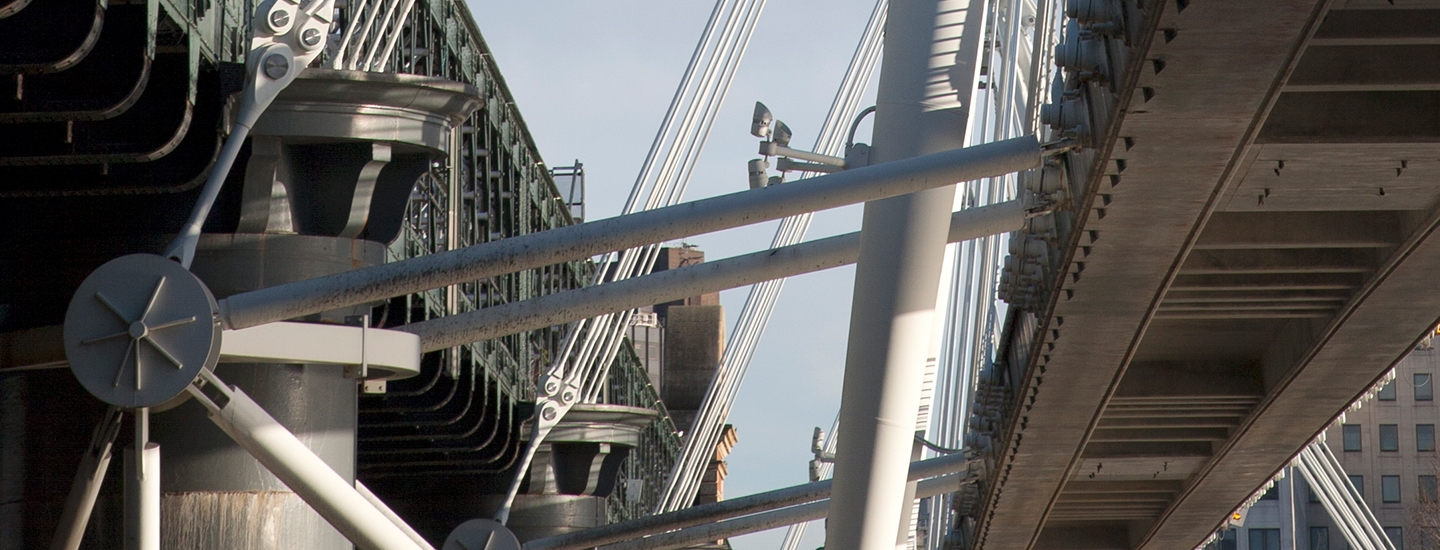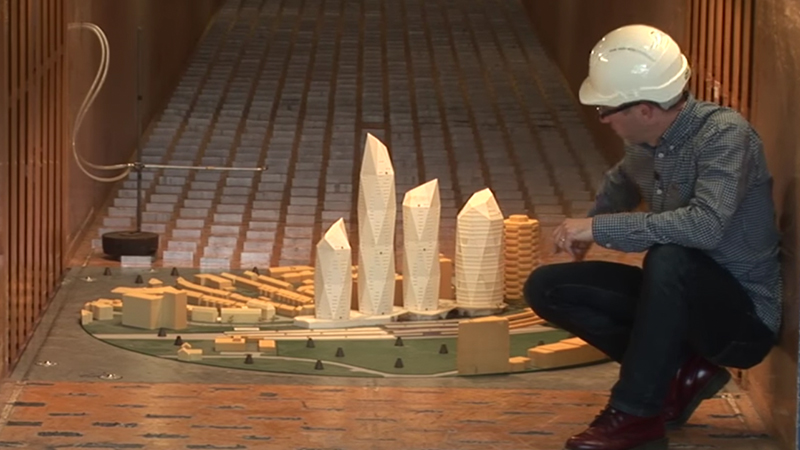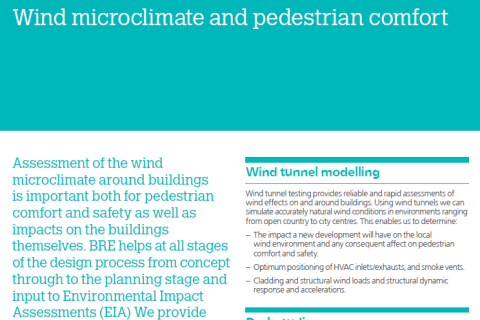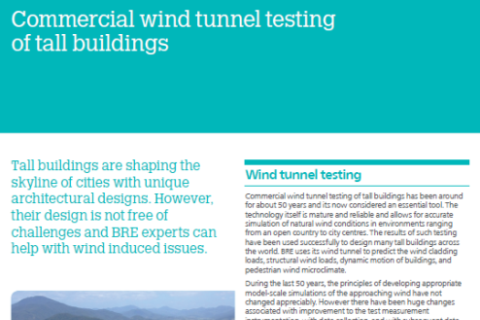To ensure a building is structurally safe and will perform well once built, designers must understand the nature and impact of local winds.
- TESTING, CERTIFICATION AND VERIFICATION HOME
- DATA AND INSIGHTS
- TRAINING
- RESEARCH & INNOVATION
- STANDARDS
- CASE STUDIES & INSIGHTS
- CONTACT US
For more information
Call us on +443333218811 if you would like to know more, or email [email protected]
Wind engineering
Wind engineering is the science that addresses this – it enables experts to model local wind conditions and assess the effect on buildings.
Desk studies
Wind engineering will often simply involve undertaking a desk study. We examine the existing wind information and help you to decide whether a more detailed assessment through testing is needed.
Site specific wind speed calculations for Tower Cranes
Although tower crane accidents are extremely rare, most health and safety issues include extreme weather as a factor.
Wind tunnel testing
Our test facilities are among the best in the UK. They include two atmospheric boundary layer wind tunnels in which natural wind can be simulated for environments ranging from open country to city centres. We make a model of your development and surrounding area, typically at a scale of 1:200 to 1:300. We can then predict the:
- Structural and cladding loads imposed on the building and its dynamic response to them.
- Pedestrian environment around the building.
- Optimal locations of ventilation inlets and exhausts.
- Dispersal and concentrations of pollutants expelled from the building.
Computational fluid dynamics (CFD)
CFD is becoming a popular a tool for predicting air flows, particularly for internal conditions such as ventilation air flow. CFD is less useful for external wind conditions where gusting occurs, but can be a helpful supplement to wind tunnel testing.



